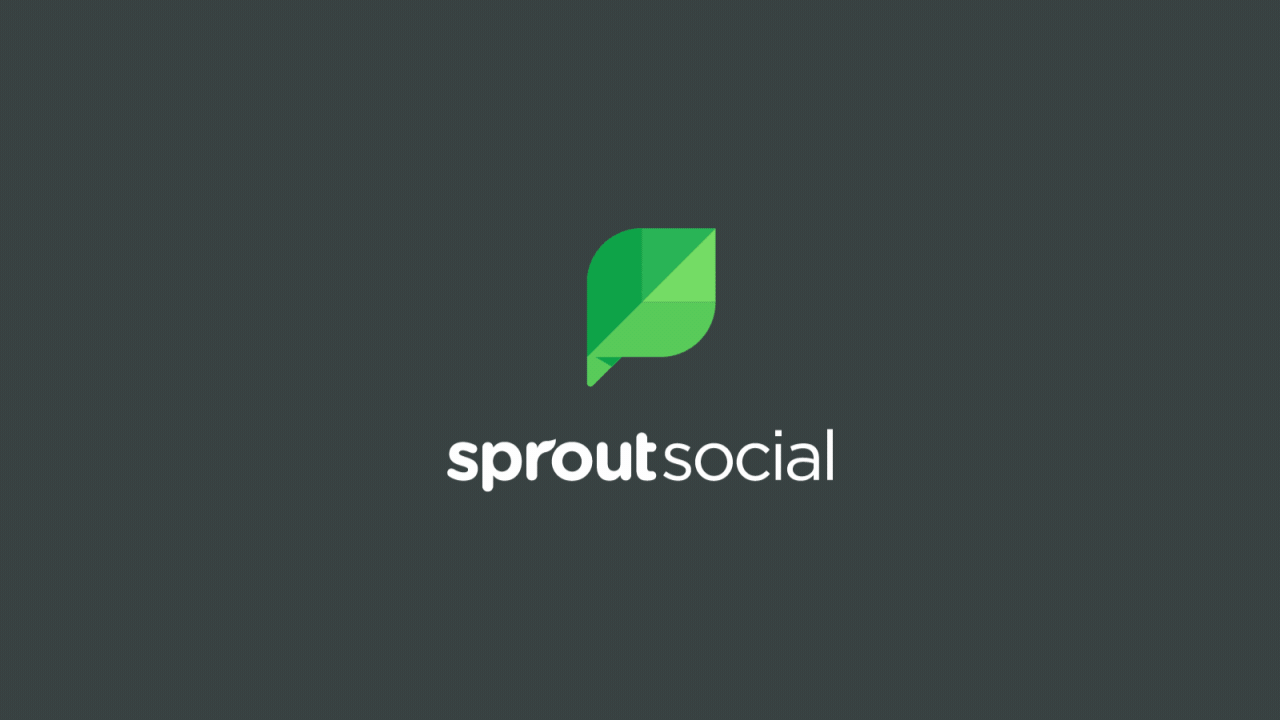AI Uses in Social Media [A Q&A with Sprout Social]

By many accounts, customer service over social media is pretty lousy with customers not getting the response they need (when they need it) from companies on social - if at all.
Sprout Social is known for its social media management and analytics tools, but they've also developed a chatbot that helps social customer service agents respond to inbound messages more quickly, accurately and completely. To learn more about this chatbot and other AI uses, Website Magazine caught up with Sprout Social Senior Manager of Product Marketing Patrick Cuttica.
What need is a social media chatbot serving?
Automation helps power human agents and streamline the customer care experience on social. While a human customer service agent can get tired or overwhelmed, a chatbot never gets tired and never slows down. Therefore, chatbots can and should help customer service agents manage multiple support conversations and deal with high volumes of inquiries across channels. Success means faster resolution of issues as well as happier people on both sides of the conversation.
What networks can the chatbot be used on and does it reply directly from the Messages feed within Sprout Social?
Currently, Sprout provides automated conversational workflow (or chatbots) within the Twitter Direct Message experience. These features are called Welcome Messages and Quick Replies. They are unique to Twitter DM and they are integrated with Sprout's Smart Inbox (e.g. Messages feed) and Twitter reply screens in Sprout.
We are exploring automation solutions on Facebook Messenger as well. It's a natural extension of our existing integration with the Messenger platform.
What does the workflow look like if the chatbot cannot answer the incoming question/feedback?
Sprout's chatbot implementation is designed to facilitate a seamless handoff between bot and agent, and it provides complete transparency at all times. The workflow can be fully controlled by the human. If the user inputs a question or text that is not recognized by the bot, the agent is able to step in immediately.
Do the chatbots learn from themselves or agents to improve over time? If so, how?
At this point, the chatbot does not learn, per se. Rather, it remembers and is able to surface contextual information in a timely manner. This is a Level 1 bot, as outlined by Frédéric Feytons on VentureBeat.
Separate from chatbots, Sprout offers another advanced customer care tool called Suggested Replies which uses machine-learning to recommend consistent answers to commonly asked questions. Suggested Replies learns from agents indirectly in that it continually monitors the replies that the various agents send to questions that are identified as being similar by the machine-learning algorithm. Over time, the algorithm learns from these replies and suggests consistent answers.
Can you provide an example of a chatbot in use?
Evernote: https://sproutsocial.com/insights/automated-twitter-messages/

What are some best practices for employing a chatbot for social media customer service? Anything else you'd like to add?
As we've started to build automation tools in the Sprout platform, we've identified three principles to guide our strategy. First, the purpose of a chatbot is to improve the experience for humans on both sides of the conversation. It should never leave users hanging or add friction to their interactions. Second, chatbots should make the agent's job easier by automating repetitive tasks and surfacing important information about the user. Last, but not least, chatbots should improve the quality, consistency and efficiency of a business' support function. Providing effective, efficient customer care on social media will only grow more important for businesses, and chatbots are there to improve the experience.
For further reading, check out, "4 Companies You Didn't Know Worked in AI."

Subscribe to Our Newsletter!
Latest in Social Media







![AI Uses in Social Media [A Q&A with Sprout Social]](https://www.websitemagazine.com/hubfs/Imported_Blog_Media/sprout-social_200x200-2-1-1-1.png)


